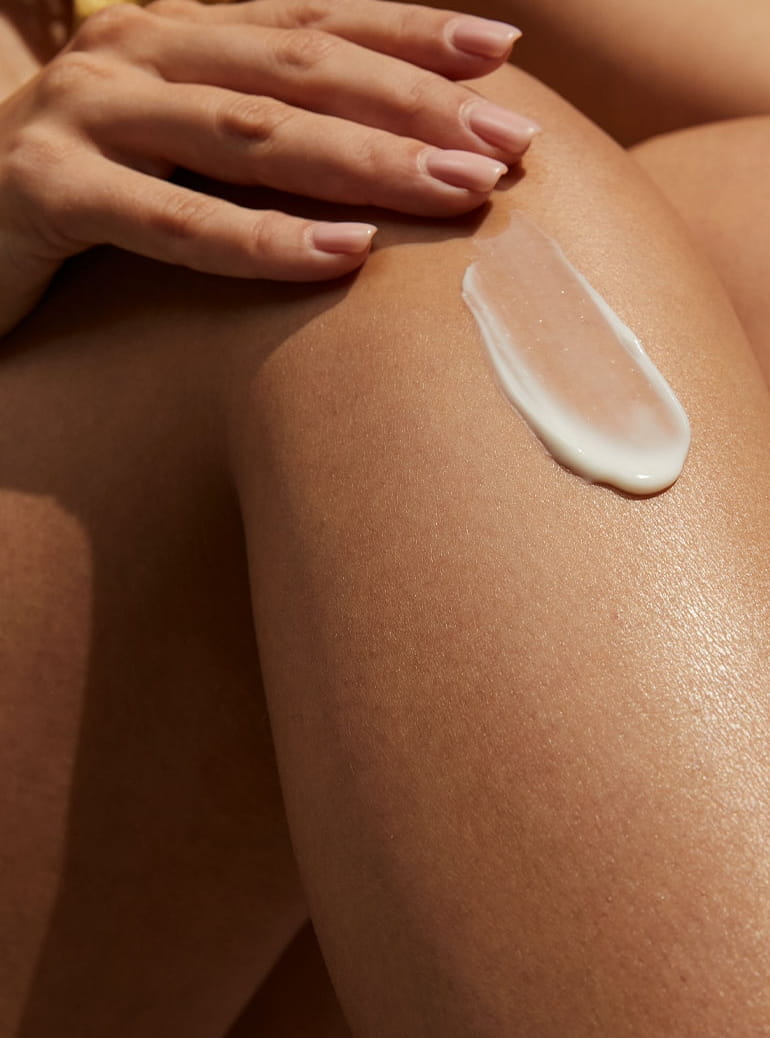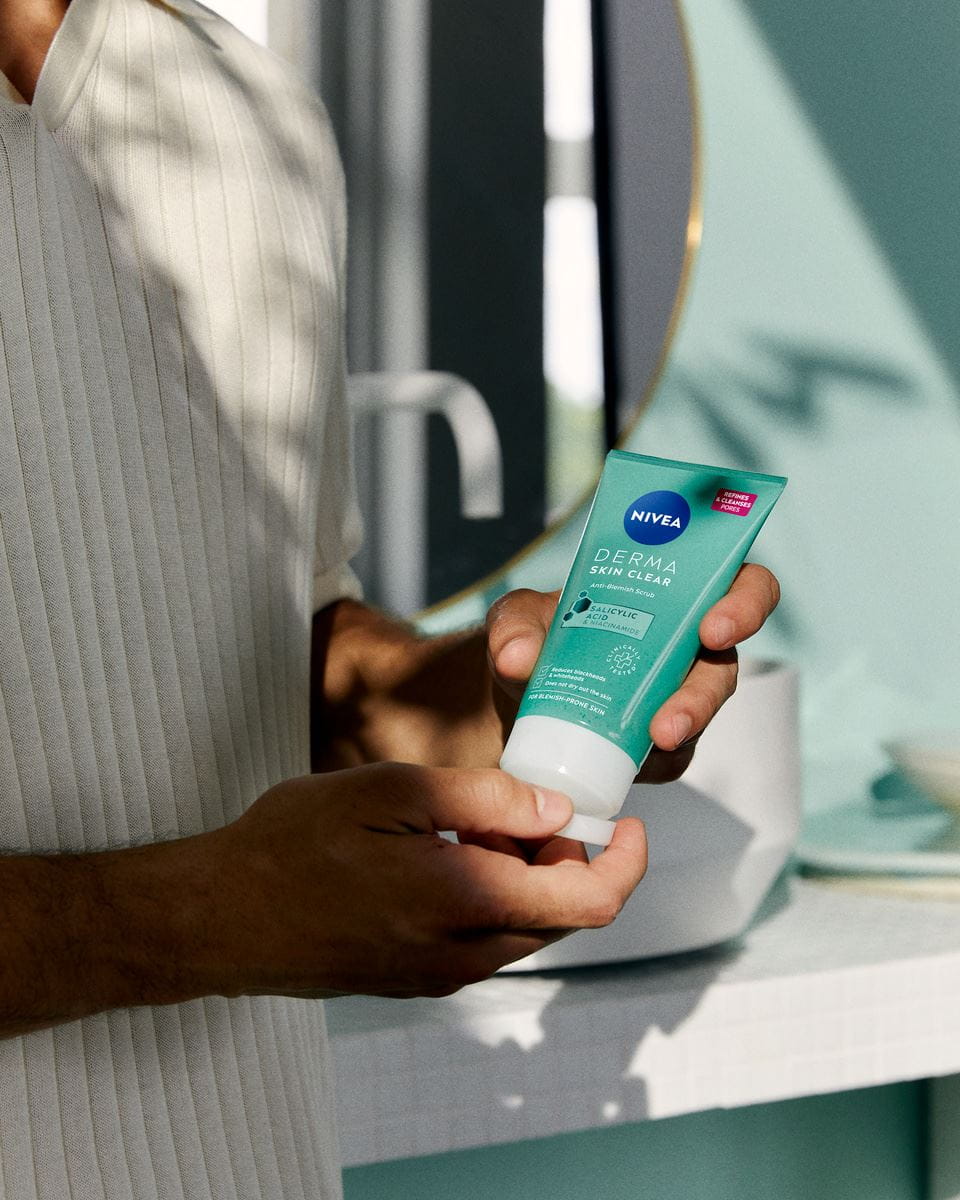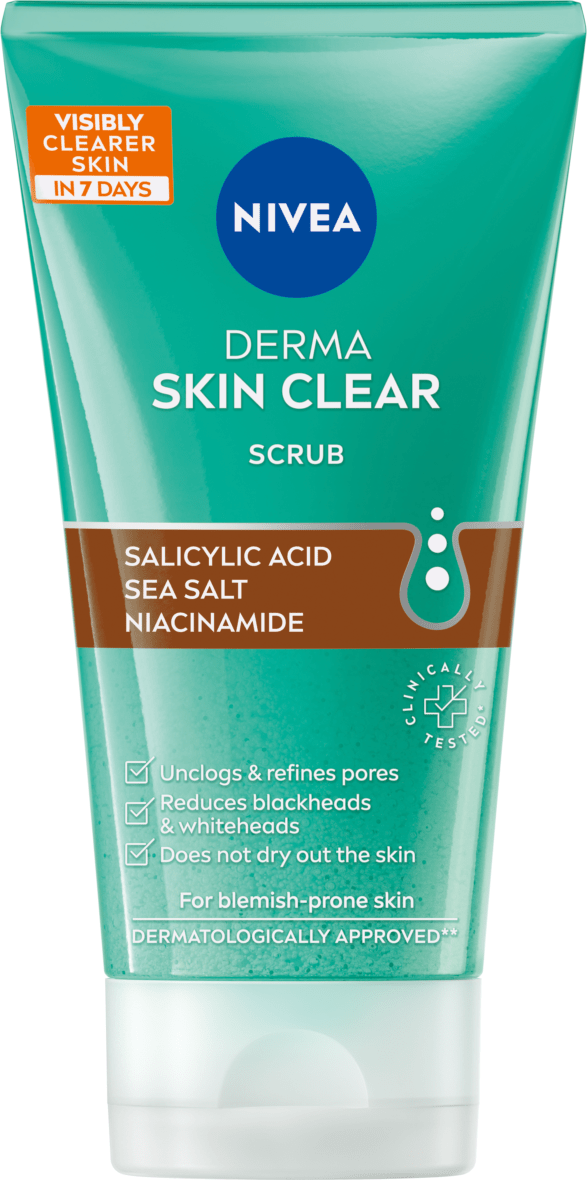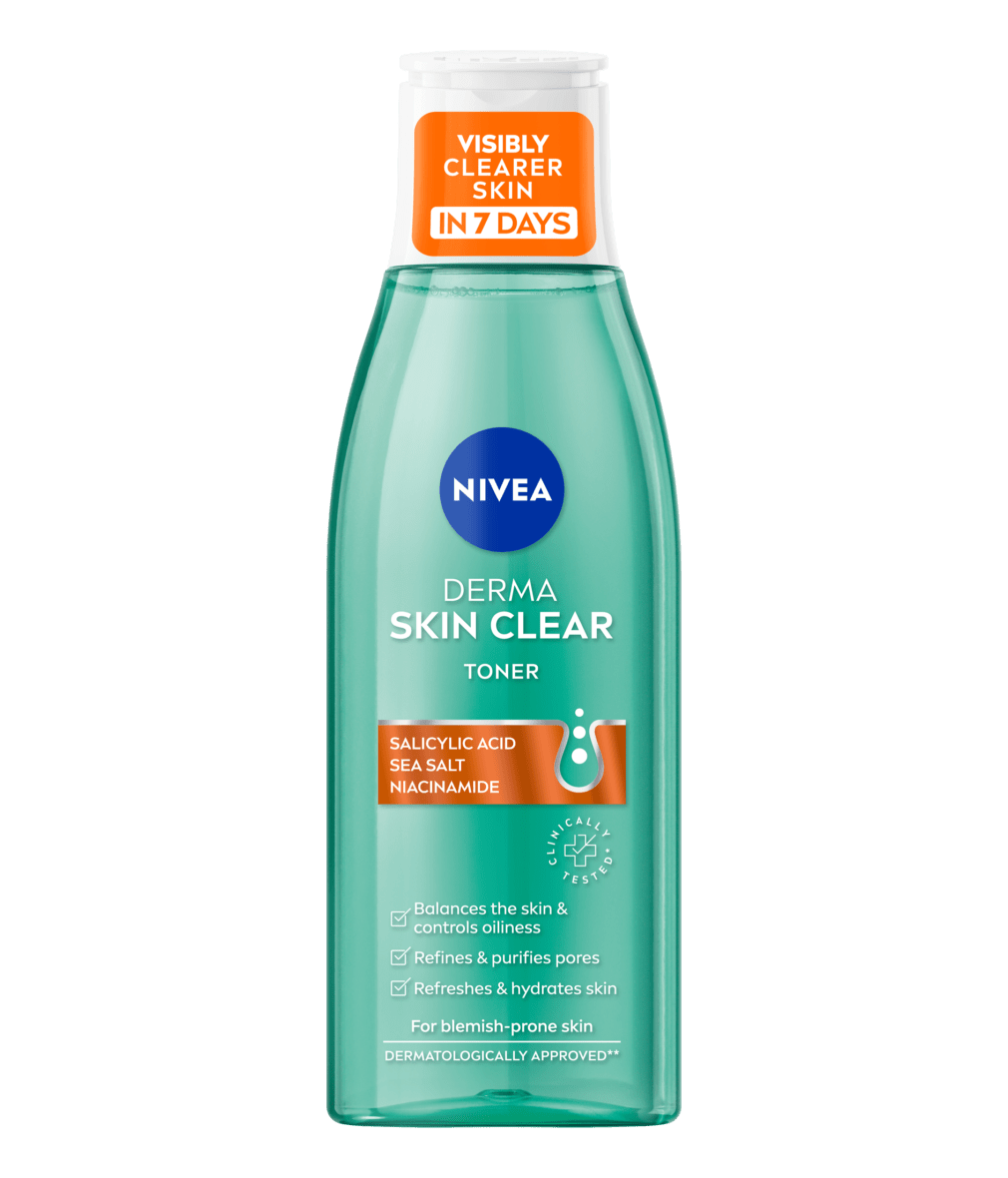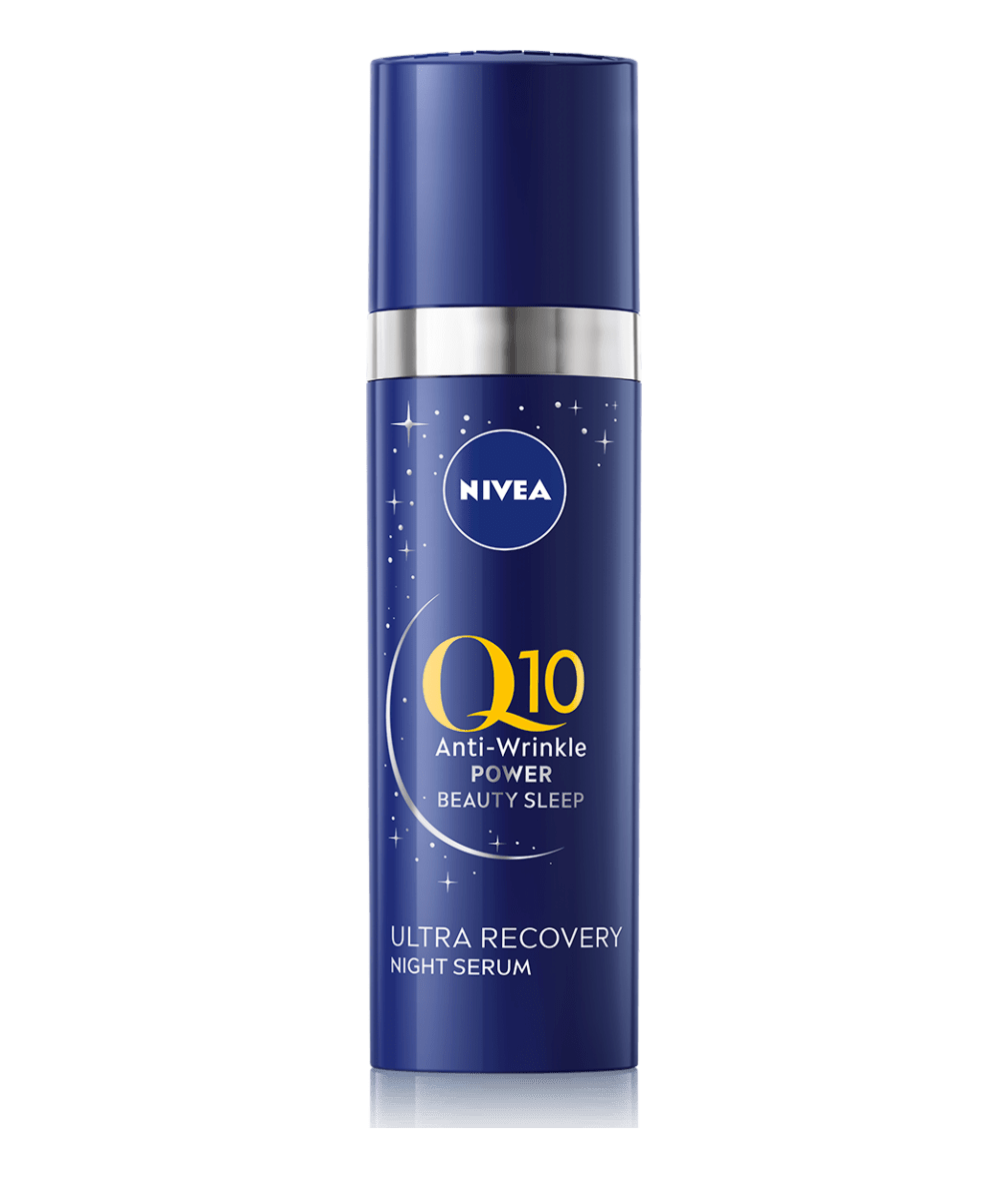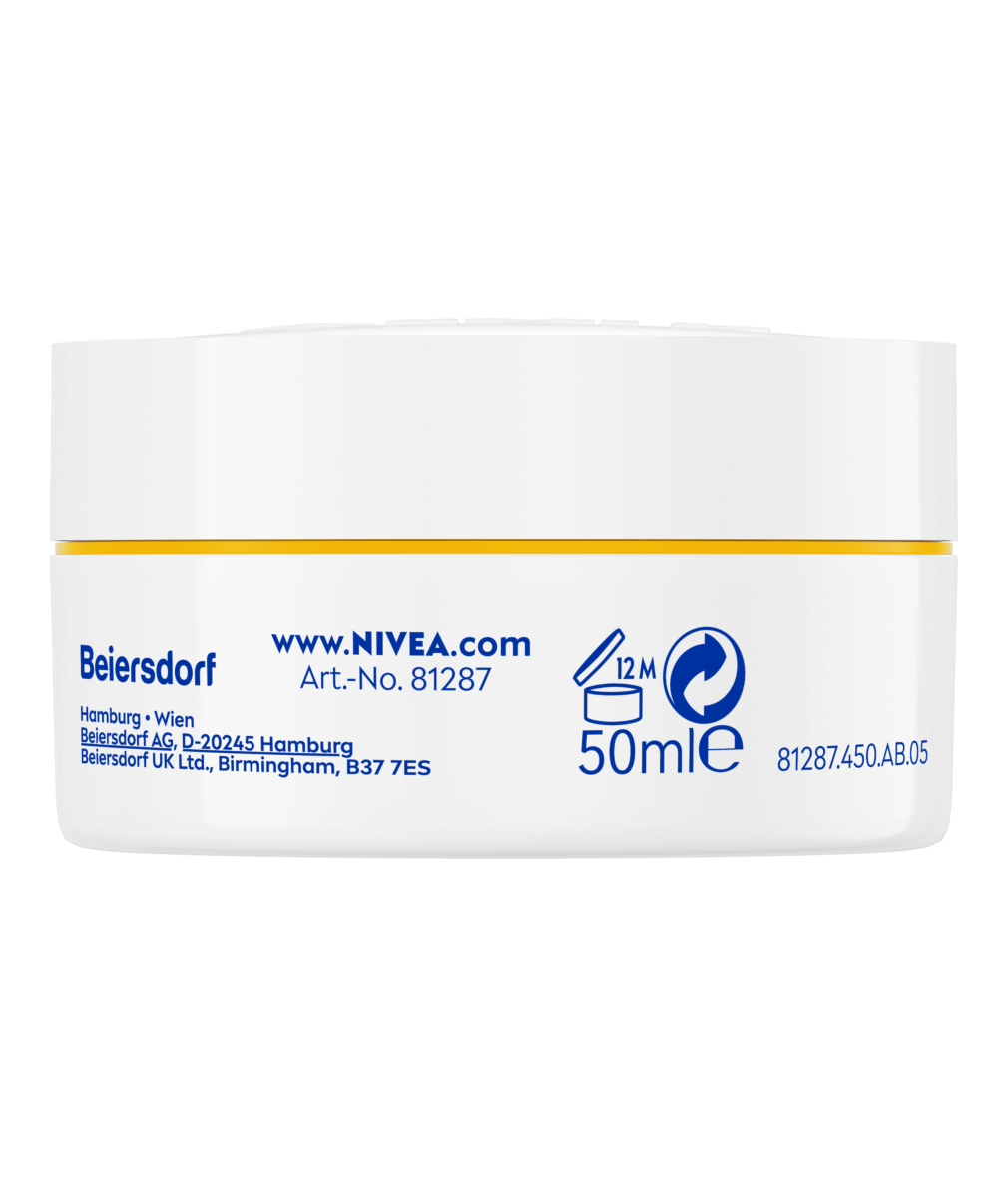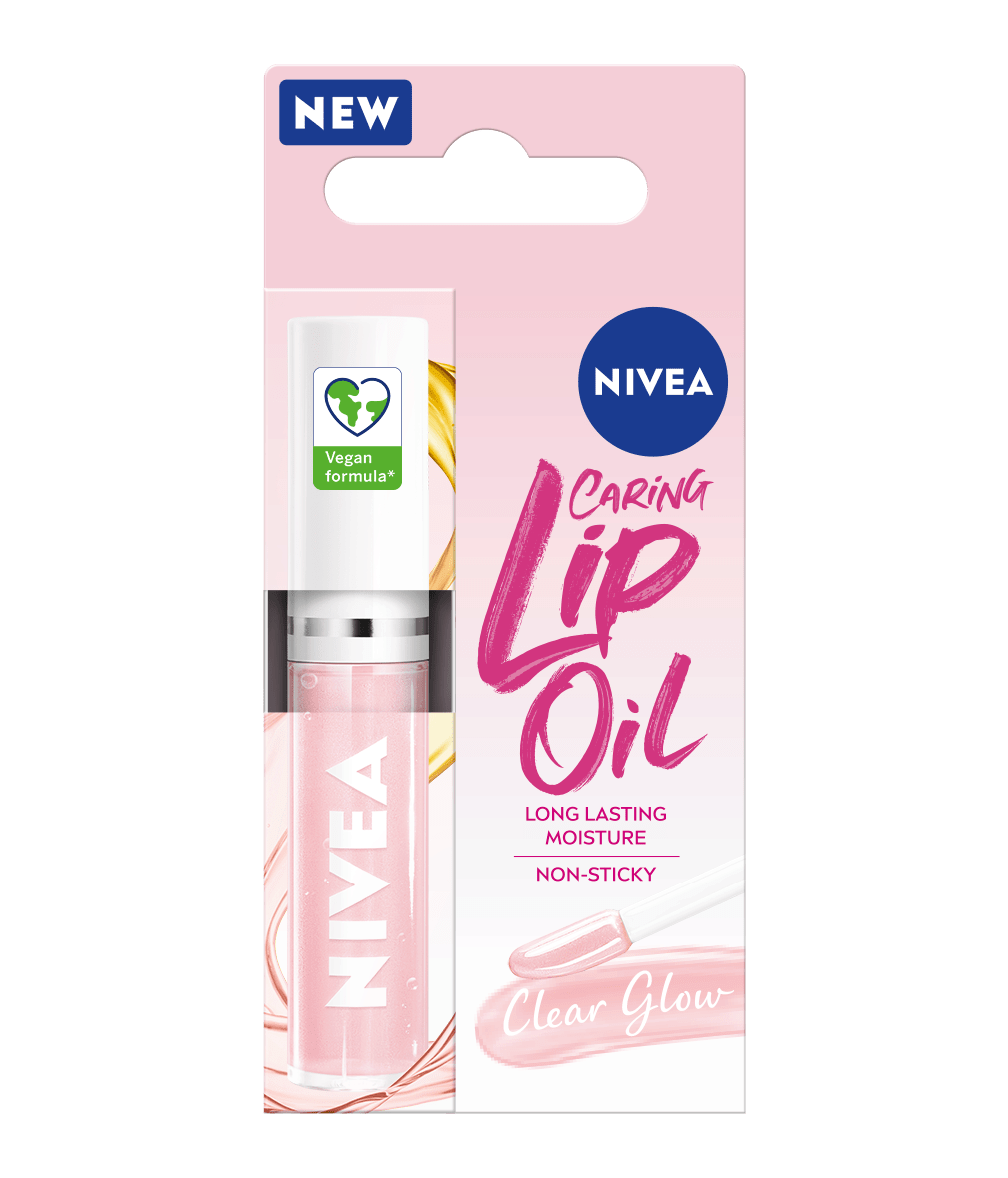
How To Get Rid Of Sebaceous Filaments
Sebaceous filaments are completely natural, but why do they form and can we get rid of them?
What are sebaceous filaments?
Sebaceous filament removal not possible? Here’s why…
HOW TO MINIMISE SEBACEOUS FILAMENTS
When it comes to minimising the appearance of sebaceous filaments, your main focus should be on restricting excess oil production and minimising the size of the pores themselves.
Step-by-step cleansing routine to minimise the appearance of sebaceous filaments
Now that we know which ingredients can help to minimise the appearance of sebaceous filaments, it’s time to construct an effective routine. The new NIVEA Derma Skin Clear range is ideal for this purpose as it’s formulated specifically for blemish-prone skin. Each of the products are enriched with Salicylic Acid among other active ingredients, including Niacinamide and Glycolic Acid, making this range particularly suitable for minimising the appearance of sebaceous filaments.
NIVEA DERMA SKIN CLEAR RANGE
It’s completely natural to have skin that’s prone to blemishes and breakouts. It’s also completely natural to want to improve its appearance. So if there are things you want to improve, NIVEA can help.
Be sure to discover the new NIVEA Derma Skin Clear range, formulated specifically to achieve clearer, more refined skin.
As always, consult a dermatologist before trying any new skincare product, and always follow the instructions on the packaging.
Be sure to discover the new NIVEA Derma Skin Clear range, formulated specifically to achieve clearer, more refined skin.
As always, consult a dermatologist before trying any new skincare product, and always follow the instructions on the packaging.


